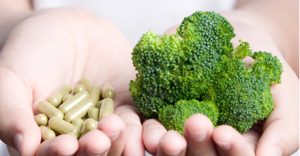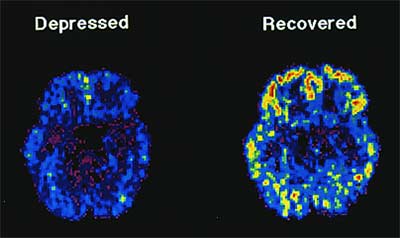Weight gain and osteoporosis are only two of the many problems menopause can bring. It can be difficult to cope with the transitions the body goes through because there are so many symptoms associated with menopause. These are inevitable, yet there are a variety of options readily available to help women manage the at times uncomfortable ups and downs that come along with menopause.
Osteoporosis
Osteoporosis is the weakening of the bones, making them brittle and easily prone to fractures. The pores in the spongy like section of the bones become larger and weaken the bone. The simple issue in this condition is that the removal of old bone overpasses the creation on new one. Menopause and pre-menopause low levels of estrogen have been found to have a direct link to osteoporosis. These low estrogen levels also lead to nonexistent or infrequent menstruation periods, increasing loss of bone mass.
Natural alternatives to help deal with osteoporosis development include supplementation. Adding vitamins such as D and calcium to your diet are one option. These will assist your changing body in the fight against osteoporosis. Vitamin D aids intestinal absorption of calcium, iron, phosphate, zinc, and magnesium. All of which are important for the support of strong bones. Another option is digestive enzymes. Digestive enzymes help with the breakdown of carbohydrates, fats, and proteins. Depending on what enzymes are found in your digestive formula will determine what foods they will assist breaking down, allowing the body to absorb them easily.
Osteoarthritis
With the decrease of estrogen hormone levels, the protection it provides cartilage against inflammation starts to lose its effectiveness. Inflammation in these areas can result in cases of osteoarthritis. This condition comes along with joint pain and further inflammation, loss of mobility, and flexibility along with other limitations. Adding Papain; enzymes found in papaya, Serrapeptase; an anti-inflammatory enzyme found in the gut of silk worms, along with others like Bromelain; found in pineapples, can help alleviate some the pain and inflammation found with these conditions.
Healthy Weight
A healthy weight can also help decrease the severity of these two conditions. Menopause brings with it, weight gain for most women. So it is very important to continue healthy habits pre and post menopause. Decreasing calorie intake by 200-300 after age 50 will help maintain the average weight previously held. However, if losing excessive weight gained from menopause or if heavier prior to menopause it is a good idea to begin introducing a continuous exercise regimen to one’s lifestyle. Specifically weight training is a good way to help promote building stronger denser bones.
Exercise
A combination of weight training and cardio is ideal when looking to fight excessive fat and weakening bones. It is easy to stick to these new lifestyles when someone trains with you, so bring along a friend or a few to motivate each other. The workouts do not have to be so difficult, a simple 30 minute weight training class or circuit can be incorporated followed by 20 minutes of High intensity intervals of cardio or 30 minutes of moderate constant cardio. Whatever you choose as long as you work towards assisting your body during the stressful transition menopause puts your body in. Inflammation, delayed onset muscle soreness, and pain can result from workouts especially with increasing intensities. Serrapeptase and proteases both can help with these issues. Serrapeptase blocks cytokine signaling involved in inflammation due to immune response to repair muscles, therefore decreasing the inflammation and pain/soreness associated with it. The proteases will work towards breaking down cellular debris/toxins in the blood to help fight inflammation. Fibrin released by the muscles during exercise due to muscle cell tearing is also broken down by Serrapeptase. This is important because excessive fibrin build up in the body leads to further inflammation.
Here are a few tips and options on eating healthy and staying fit
Exercise programs
- Crossfit
- Cycling
- Boot camp
- Strength training (beginner, moderate, advanced)
- Sports (e.g. Tennis)
- Yoga
- Cardio (Stairmaster, elliptical, etc.)
Most importantly set realistic goals you can keep and are of your interest to avoid letting exercise fall out of your daily routine and making it an enjoyable part of your day.
Healthy eating tips
- Small meals (help boost your metabolism)
- Slowly substitute processed food out of your diet for natural ingredients
- Snack on fruits, veggies, nuts
- Make meals ahead of time (always prepared when in a rush, avoiding making bad food choices)
- Find easy and quick recipes (less frustrating)
- Carb cycle (alternate between low and high carb days)
- Invest on a juicer (your vitamins and nutrients to go)
- Drink enough water
Whether maintaining weight or losing, sleep is a very important part of a healthy lifestyle. 7-8 hours a night are highly recommended.

